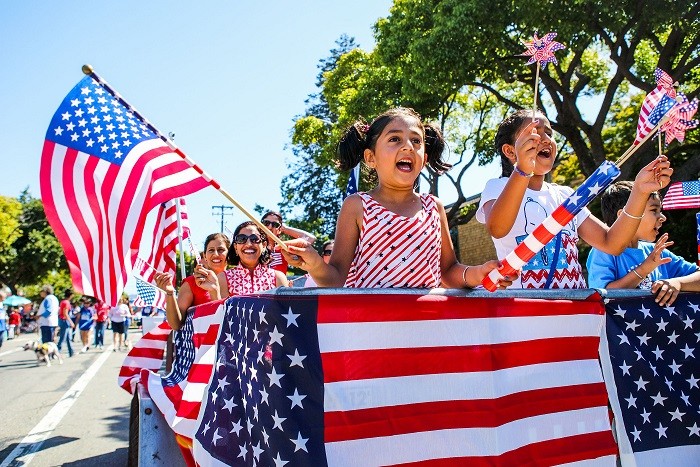7 Popular Foods to Eat on New Year in Japan
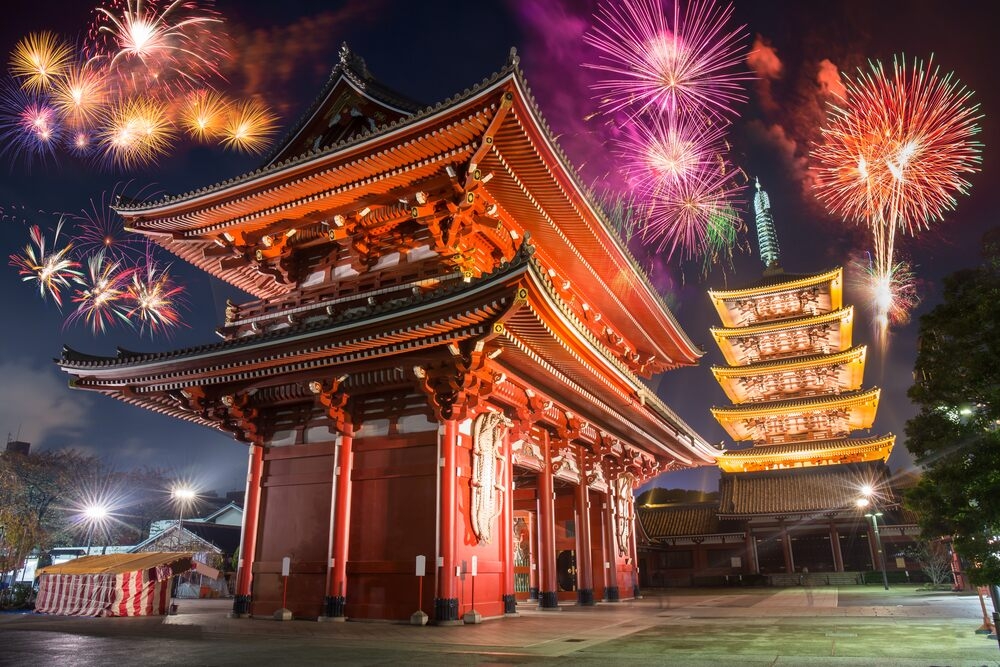 |
| Photo: Hisgo.com |
Undeniably, New Year is a very important celebration no matter which part of the world you are living in. Some might celebrate the New Year according to the Lunar calendar, others according to Gregorian calendar. No matter which calendar you are following, the New Year celebration brings the same meaning – a new beginning.
New Year in Japan is known as Oshogatsu and is celebrated on January 1, according to the Gregorian calendar. The first day of the new year, known as Ganjitsu, is the biggest and the most important celebration in the country.
Because it is such an important day, the Japanese will not take lightly the food they serve on that day.
7. Kuri Kinton
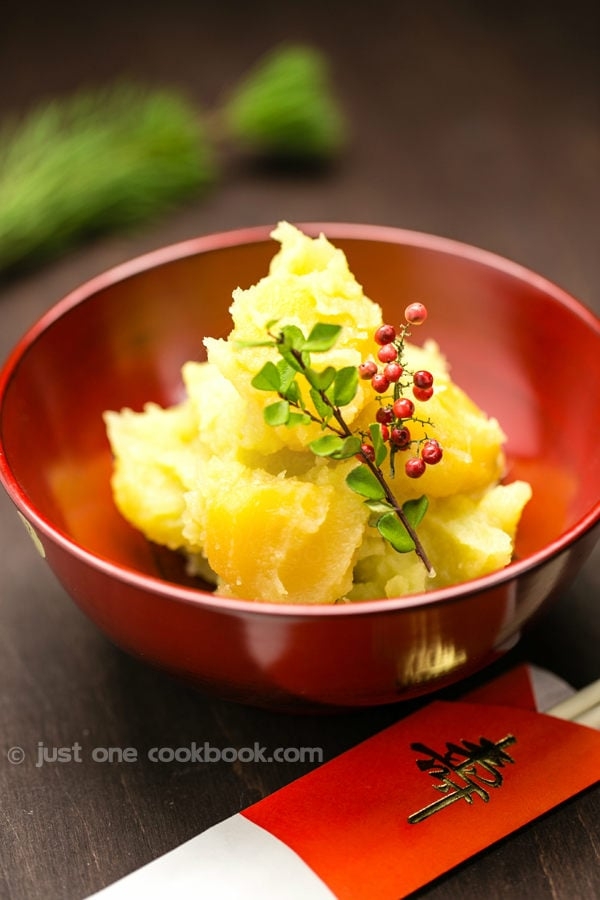 |
| Photo: Justonecookbook.com |
Kuri Kinton, is a comfort dish of candied chestnuts and gold sweet potatoes which are mashed together with the syrup of the candied chestnuts to make a sweet, creamy unforgettable treat. It is unique to Japanese New Year and typically served only once per year. The golden yellow color of this dish symbolizes a wish for prosperity in the new year.
6. Kagami Mochi
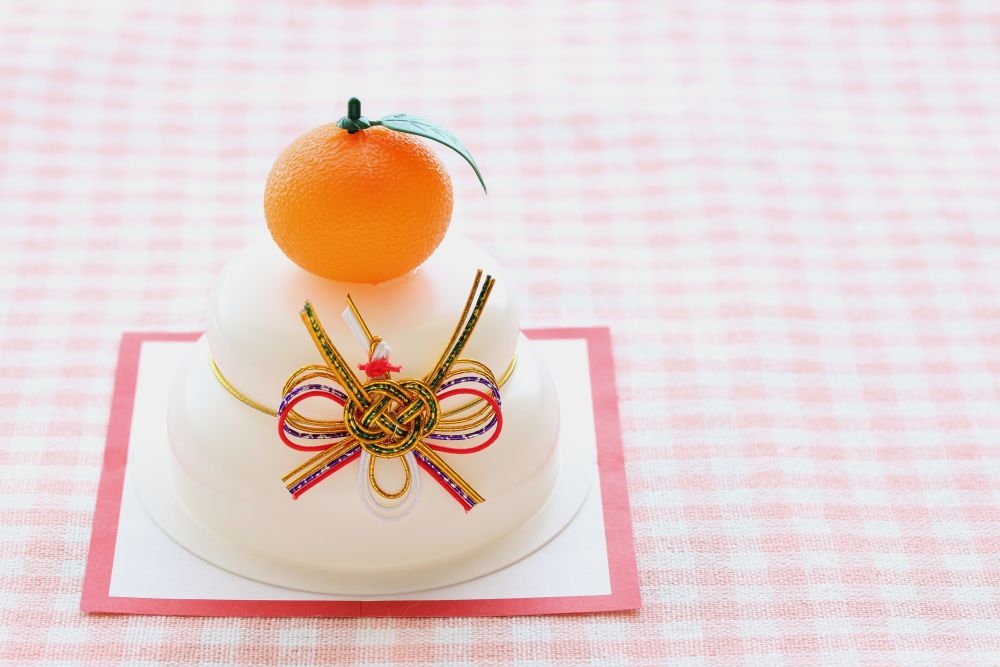 |
| Photo: Hisgo.com |
Literally meaning “mirror rice cake”, Kagami mochi is a special rice cake consisting of two mochi – the smaller on top of the bigger one. It is a food dedicated to gods during the New Year. The two mochi symbolize the going and coming years, or “yin” and “yang”.
In olden days, Kagami mochi was placed in various locations in the house but today, it is usually placed the Shinto altar, known as kamidana. On the Kagami biraki (mirror opening) day which usually falls on the second weekend of January, Kagami mocha will be broken and eaten.
5. Konbumaki
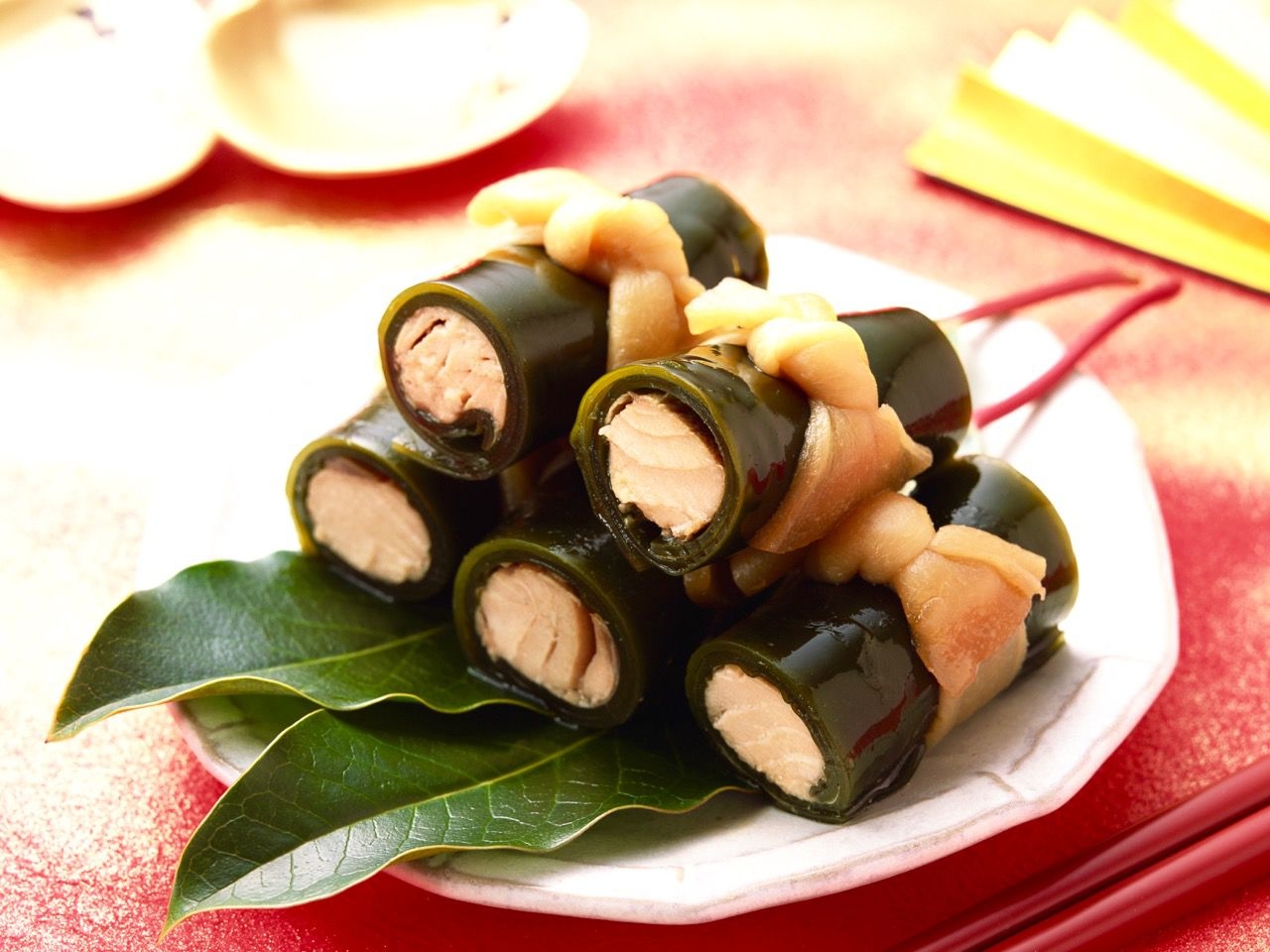 |
| Photo: Thespruceeats.com |
Konbumaki, also referred to as “kobumaki”, is large pieces of simmered kelp or “konbu” that is ornately tied in a bow. It can also be tied using a piece of dried daikon radish known as “hoshi daikon”. In other variations of konbumaki, the kelp is wrapped around cooked fish such as salmon or white fish, or with meat filling such as chicken or pork. The significance of the bow-shaped kelp is that in Japanese, kelp, or “konbu” means “joy” and signifies the joy celebrated on new year’s day.
4. Kinpira Gobo
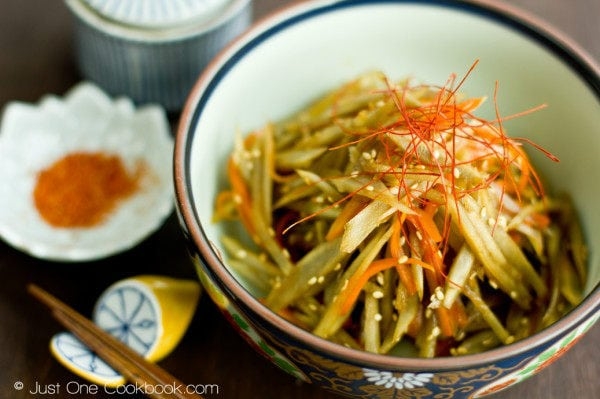 |
| Photo: Justonecookbook.com |
Kinpira Gobo is julienned carrots and burdock root (gobo) that is sauteed in a seasoning of soy sauce, mirin, and sugar. It is a classic Japanese side dish or “okazu” that is often served in Japanese cuisine, but it is also served as part of osechi ryori. The vegetables are typically sautéed in oil, but for a lighter version, try this recipe that is braised in dashi broth without the oil.
3. Ozouni
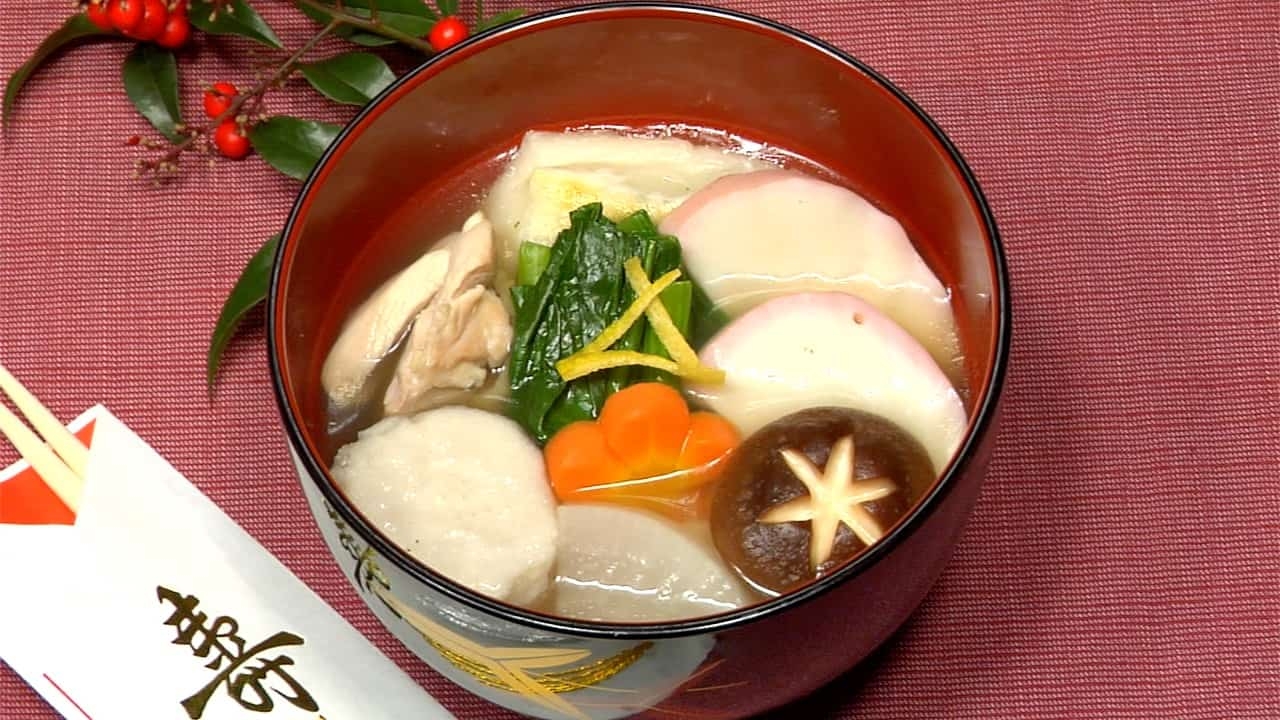 |
| Photo: Cookingwithdog.com |
Ozouni, also known as ozoni or zoni, is a soup dish that is traditionally eaten on New Year's Day. Although there are many variations, the dish usually consists of chicken and various vegetables and sometimes tofu as well. It also almost is always eaten with mochi in it. The vegetables can range from carrots, shitake mushrooms, daikon, and much more. The mochi much like the noodles in the toshikoshi soba, are supposed to represent longevity, due to its stretchy form.
2. Zenzai
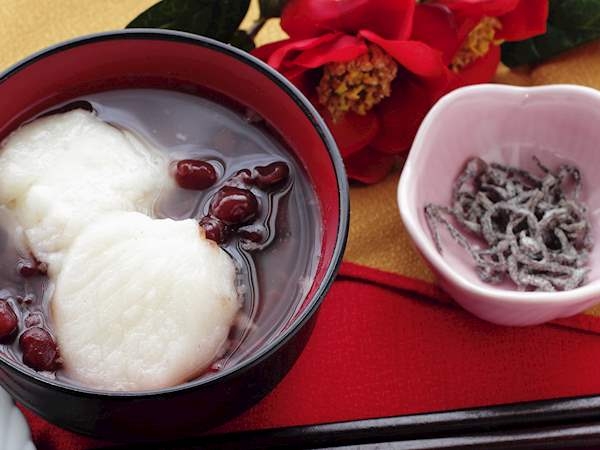 |
| Photo: Tasteatlas.com |
Zenzai, is a hot dessert soup made of sweet red beans and often served with toasted rice cakes (mochi) or smaller shiratama dango (mini rice cakes). This is not necessarily considered part of osechi ryori, but it’s a great dessert for the cold winter month and a nice treat for a special occasion.
1. Toshikoshi Soba
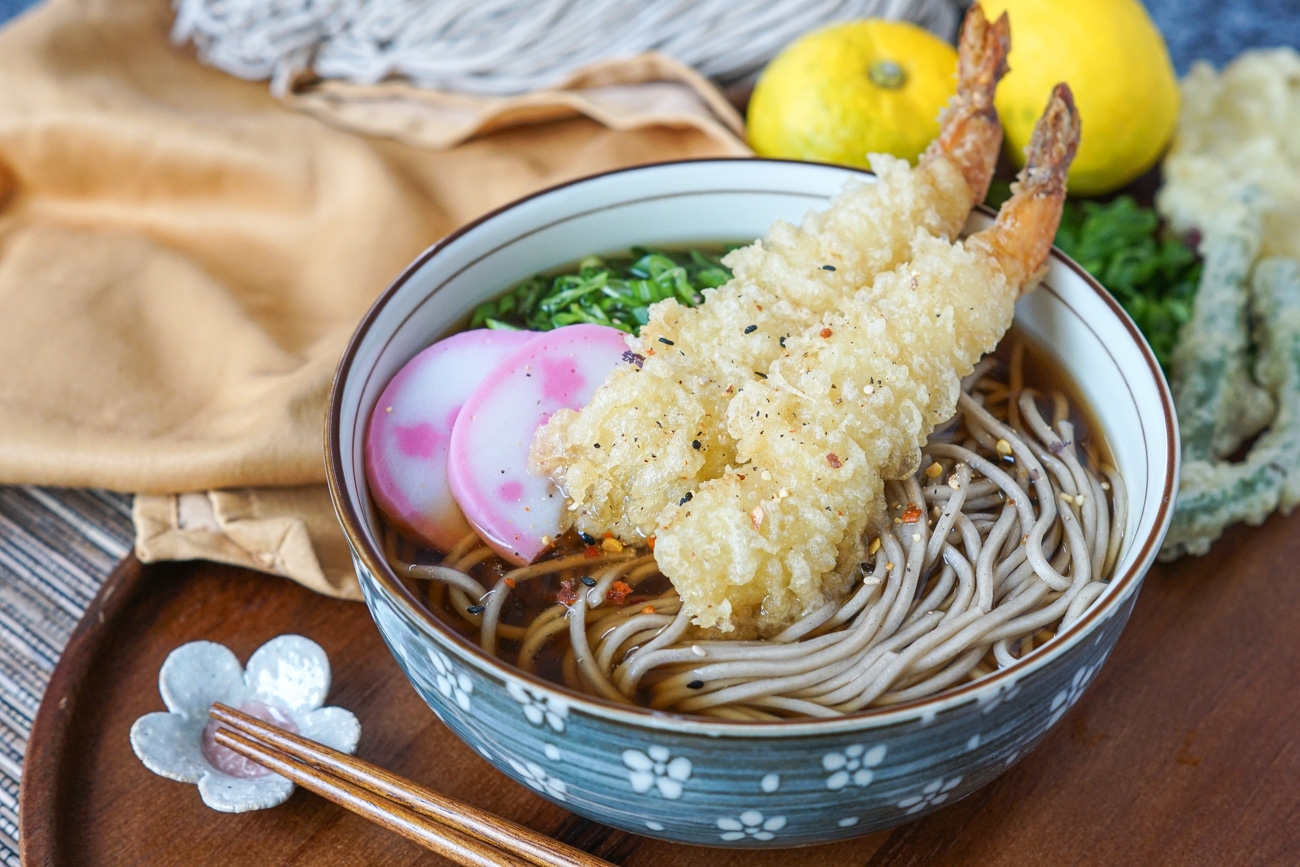 |
| Photo: Tara'sMulticulturalTable.com |
Toshikoshi soba is traditionally eaten the night before New Year's on New Year's Eve. The dish consists of buckwheat noodles in a soup with various toppings. Sometime the dish will be simply garnished with some green onions, other times it is topped with things such as tempura, nori, egg, or spinach.
Depending on where you go, people may tell you different, but the noodles are long symbolizing a long life. So by eating the noodles, it represents your wish for a continued long life in the next year as well.
| These are some of the main dishes enjoyed during the New Years, but depending on who you ask, there could be many more. Another common thing that is enjoyed around the New Year is mikan, or a type of citrus fruit resembling a tangerine. Japan has many interesting cultural traditions regarding New Year's including with food. We wonder what traditions also go on in your own family or culture! |
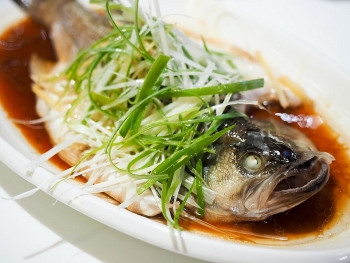 How To Make Steamed Whole Fish - China's Traditional New Year Food How To Make Steamed Whole Fish - China's Traditional New Year Food What do you eat for your Christmas dinner? Do you eat Stuffing turkey, ham, apple pies or fruitcakes? Correspondingly, what do Chinese people eat for ... |
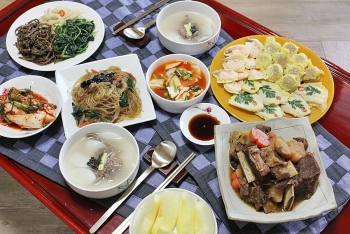 Top 11 Foods to Eat during New Year's Day in South Korea Top 11 Foods to Eat during New Year's Day in South Korea Do you want to celebrate New Year’s day the Korean way? Then you are in the right place. KnowInsider has collected 11 recipes that are ... |






